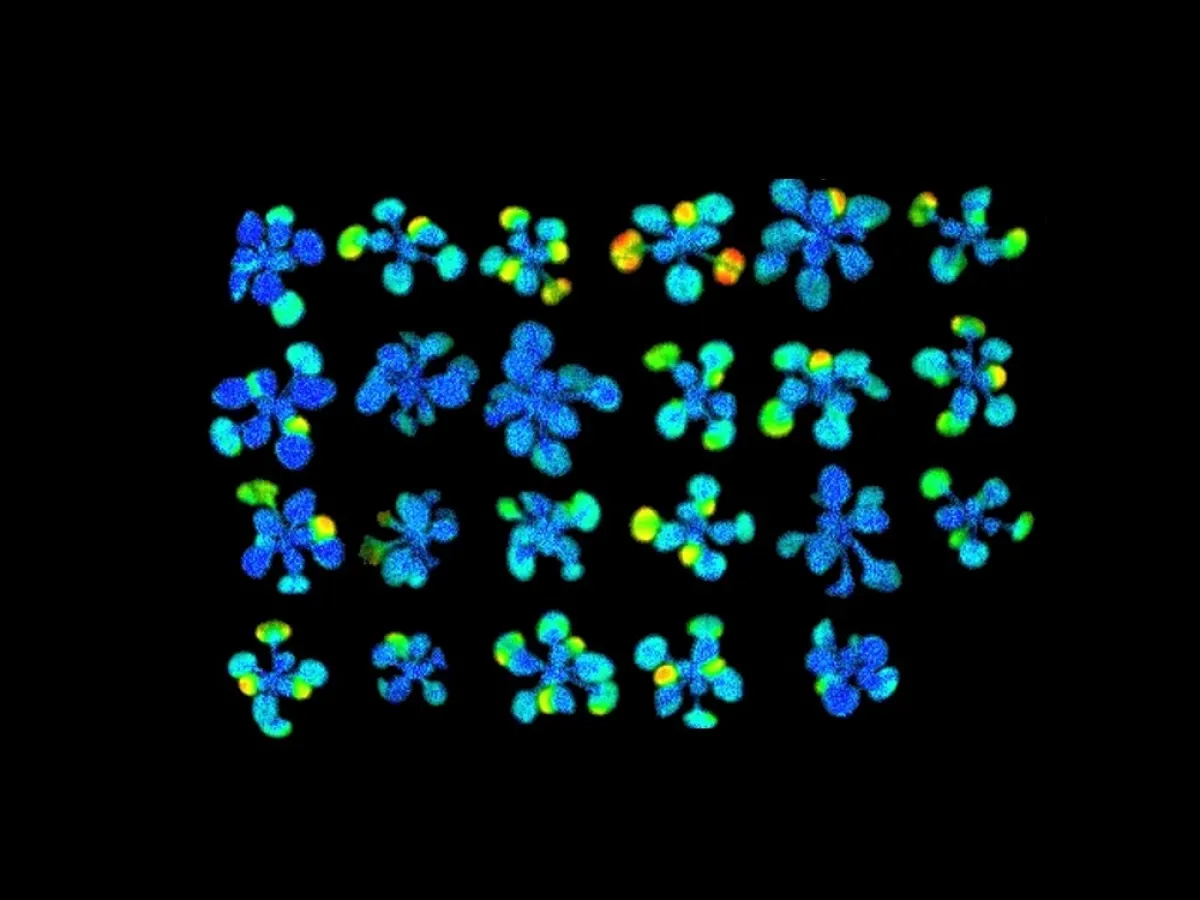Regulation of chloroplast function via alternative splicing in the nucleus
Regulation of chloroplast function via alternative splicing in the nucleus
This project investigates how stress-induced splice variants of nuclear-encoded genes lead to chloroplast-targeted protein isoforms with differential biochemical, structural and/or molecular properties. The impact of these changes on chloroplast function in response to environmental stress will be investigated.
Project status
About

Alternative splicing in the nucleus is one of the mechanisms enabling one single gene to encode multiple protein isoforms with a wide diversity of biochemical, structural and regulatory features. Indeed, alternative splicing is crucial in enabling plant cells to respond flexibly to changing environmental conditions. Our unpublished data shows that a substantial number of genes being alternatively spliced in the nucleus during abiotic stress are chloroplast-targeted proteins. This includes signalling proteins (kinases, phosphatases), as well as key enzymes involved in redox regulation of photosynthesis and redox homeostasis of chloroplast proteins. In this project, you will:
- characterise the impact of alternative splicing on protein structure and function, both in vitro and in vivo;
- identify new protein targets of alternatively spliced kinases and phosphatases
- determine how alternative splicing is regulated by, and in turn influences, cellular signalling


